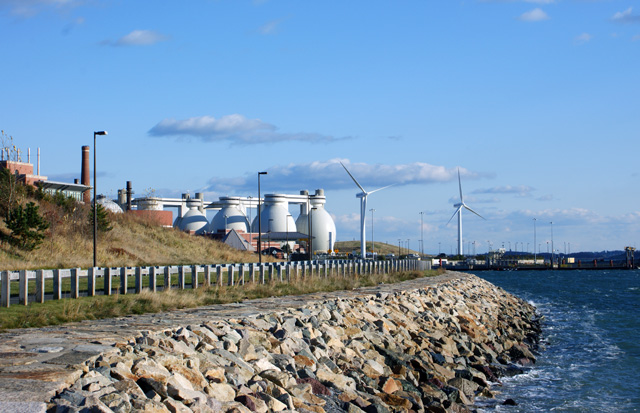Intern Blog: Testing Water
Samples at Deer Island
I recently got the opportunity for a behind-the-scenes look
at how water samples from CRWA’s monthly monitoring program are tested. Even though it was a chilly 20 degrees on
the day of sampling, dedicated volunteers went out early in the morning to
collect water from the river and deliver the samples to CRWA. Once at
the office, the sample bottles were packed in ice to keep them fresh on their
journey to the lab at Deer Island.
Located in Winthrop, Deer
Island is the Massachusetts Water Resources Authority’s (MWRA) wastewater
treatment facility (www.mwra.com). The plant processes wastewater for 43 communities
in greater Boston. In addition to testing CRWA’s samples, the Deer Island lab
also provides daily monitoring of the water, effluent, and sediment in Massachusetts
Bay to assess the impact of the facility’s discharge to a deep water section of
the Bay. The lab also evaluates the
health of fish and shellfish in Massachusetts and Cape Cod Bays which
necessitates adherence to FDA standards.
 |
| Photo:MWRA |
Deer Island is an amazing complex. Approaching the
checkpoint for admittance, I could see the beautiful expanse of Massachusetts
Bay on the right. On the left, turbines
were spinning and 150-feet tall, egg- shaped digesters were working on breaking
down sludge from wastewater into methane, CO2, water, and organics. The facility aims to produce very little
waste and much of this methane output is utilized as an energy source for the
plant. Various signs along the entrance to the facility indicate that there are
scenic walking areas to be enjoyed by visitors. Other plaques explain some of
the rich history of this site as a quarantine station for immigrants, and as a
hospital and prison.
As soon as I arrived at the lab, Jonathan Brody, CRWA’s
contact at Deer Island, wheeled CRWA’s ice chest to its first stop where the
water samples were removed and the date and time of arrival recorded. The water was then taken to the Central Lab and
mixed with Colielert-18, a reagent that is used to identify the presence of E.coli.
This bacteria indicates contamination in the water from human or animal
waste. Using long pipettes to draw the water out of CRWA’s plastic bottles, the
lab staff inserted the samples into what look like very shallow ice trays. The
back of these trays are then completely sealed with a plastic coating. Lab supervisor, Laura Ducott, explained that the
trays need an incubation period in the refrigerator for about 18 hours. At that point, the trays are observed under UV
light. Laura placed other samples that
were fully incubated under the light to demonstrate the presence of a bright fluorescent
color. This color change is the indication that E. coli is present.
 |
| Lab staff at work |
The staff at Deer Island were generous with their time and
even shared some of their impressions of the Charles River. Jonathan says the
Charles has been a staple in his life, providing wonderful memories from his
days growing up in the Boston area, including 4th of July
celebrations. He was so struck by the beauty of the Charles one day as he was
riding the T near the Salt and Pepper Bridge, that he wrote a song about it!
Thank you to all of the staff at the Lab who were so
generous with their time and who work so hard to help monitor the health of the
Charles River. You can see the data MWRA collects for the Charles River at: www.mwra.state.ma.us/harbor/html/cr_wq.htm
 |
| Lab staff sorting CRWA water samples |

No comments:
Post a Comment